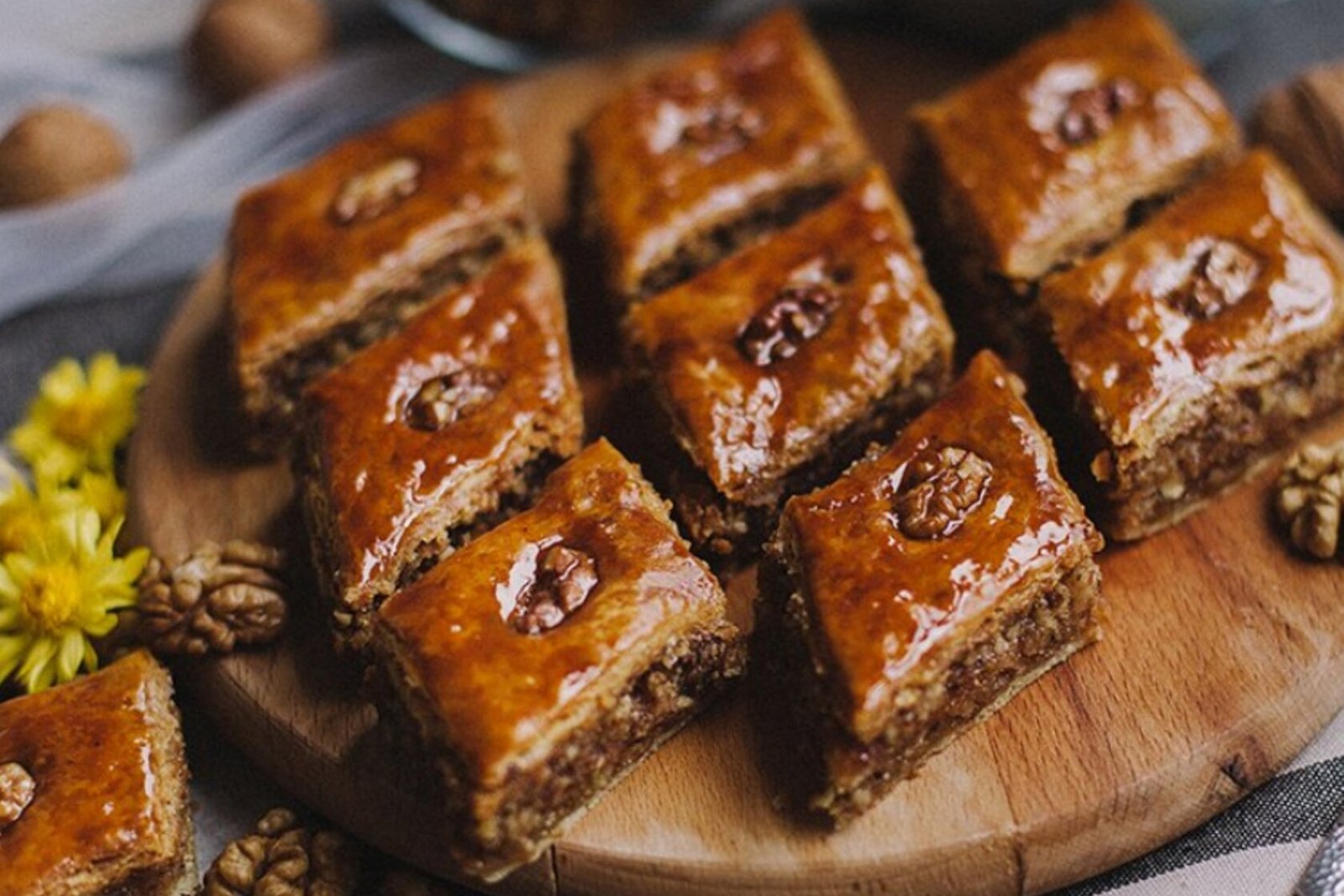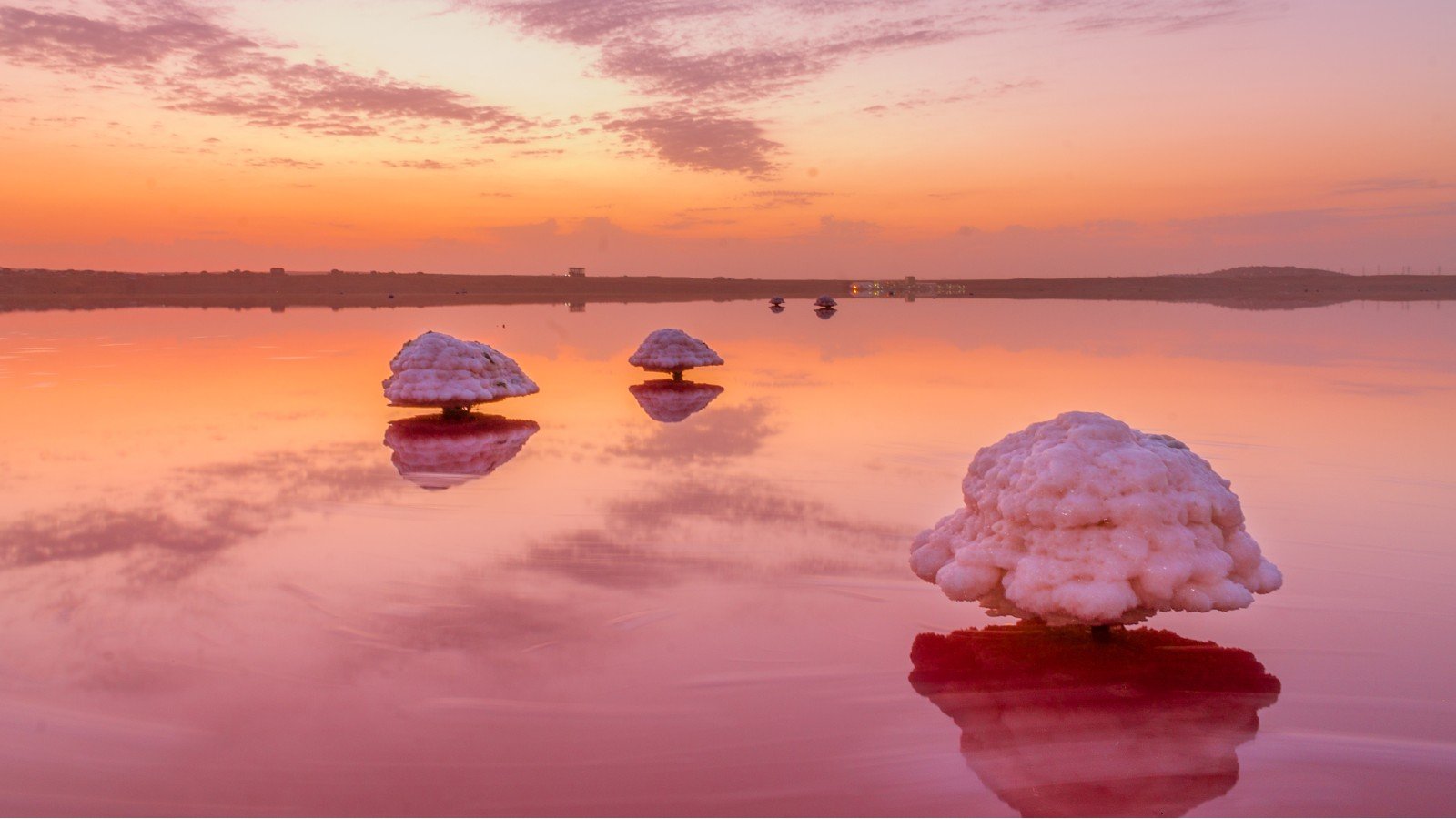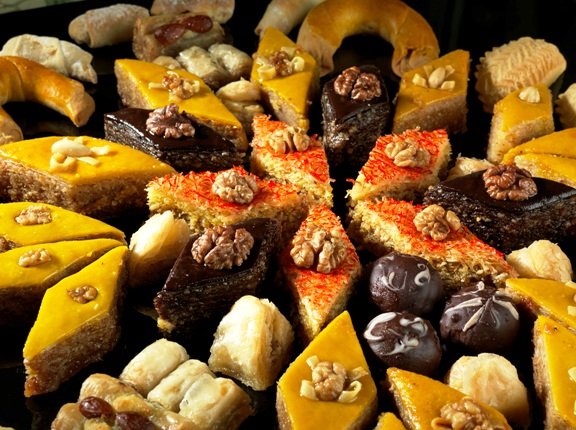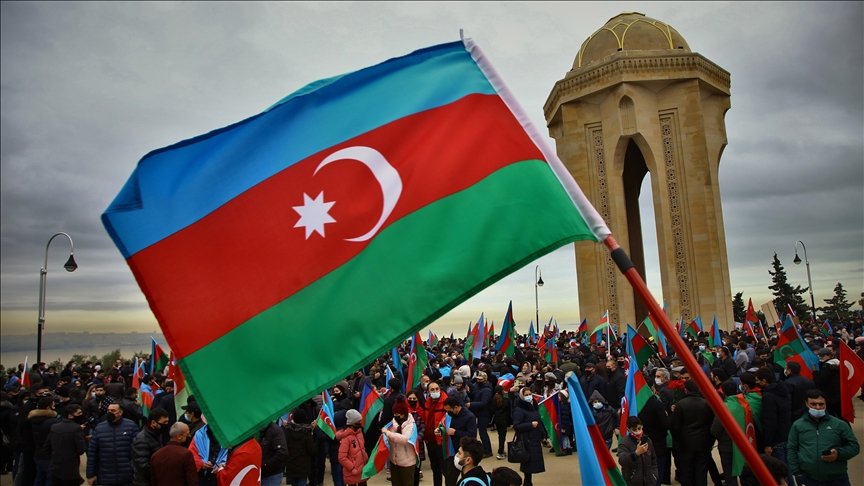Azerbaijani Sweets — Traditions, Flavors, and the History of National Desserts
Azerbaijani cuisine is just as famous for its sweets as it is for its meat dishes, fragrant pilaf, and dolma. Here, at the crossroads of ancient caravan routes where merchants from Persia, India, the Ottoman Empire, and Shirvan once met, a remarkable confectionery tradition was born — one in which every sweet is not just a dessert, but a small story connected to craftsmanship, holidays, ancient techniques, and regional identity.

The most famous delicacy is, without a doubt, Sheki halva. Its recipe has been passed down for centuries through generations of hereditary masters in Sheki and has changed very little over the past two and a half centuries. The thinnest lattice called reshte, drawn by hand from rice flour, is layered on a copper tray with such precision that the master seems to paint on glass. Between the layers lies a filling of finely ground hazelnuts, and the entire dessert is soaked with a clear hot syrup. The result is halva that is crisp yet tender, sweet but never cloying — a dessert with character.
Another essential treat of the Novruz holiday is pakhlava — but in Azerbaijan, its varieties are so diverse that each could be considered a separate dessert. Baku pakhlava is layered and glossy: dozens of thin sheets of dough, the aroma of saffron, cardamom, and honey, walnut filling, and a symbolic nut “sun” on top. Sheki pakhlava, on the other hand, is made from rice flour, colored with saffron, and filled with a dense nut mixture — softer, velvety, reminiscent of ancient Eastern desserts from the era of Caucasian Albania. Ganja pakhlava is richer and spicier, with a filling made from a mixture of hazelnuts and walnuts. Each region tells its own story through flavor.
Another Novruz sweet is shekerbura, a delicate crescent-shaped pastry with an almond-and-sugar filling. But the main magic lies not in the ingredients but in the ritual. Skilled craftswomen create intricate patterns called khally on its surface — symbols of fertility. The fine work is done using special tweezers called maggaj, and every mistress is recognized by her pattern just as an artist is recognized by their brushstroke.
In contrast, badambura is denser and crunchier — almost European in texture, yet unmistakably Eastern in spirit. Its homeland is Nakhchivan. Inside is nothing but almonds: aromatic, sweet, slightly buttery. This dessert is loved by those who prefer restrained sweetness and a firm structure.
Ancient regions of Azerbaijan have preserved their own traditional baked sweets as well. Karabakh is known for kata, a soft, airy pastry with a sugar-and-butter filling. It resembles caramel bread that melts on the tongue. Nakhchivan’s kata is denser and drier, larger in size, with a distinctive decorative stripe on top. Each variety reflects the character of its region.
Equally beloved are the classic Eastern sweets that have taken on an Azerbaijani flavor. Pishmanye and tel helva are airy, fibrous confections resembling caramel threads. They are made from hot pulled caramel, stretched repeatedly by hand into thin, silky strands. The craft is meditative, demanding strength, precision, and perfect control of temperature.
Azerbaijan’s dessert palette would not be complete without its fruit-based delicacies. Thick syrup doshab, made from mulberries, grapes, or pomegranates, has been used for centuries both as a medicine and as a sweet treat. It forms the base for fruit leather, candies, and simple yet incredibly aromatic rural desserts. In Shirvan, for example, they make translucent amber pumpkin sweets: first the pumpkin is soaked in lime water to preserve its shape, then slowly simmered in sugar, becoming jewel-like candied pieces.
Northern Azerbaijan is known for mulberry fruit leather — a fully natural dried paste made from white mulberries with no added sugar. Its flavor is both tart and sweet, rich and surprisingly alive. And in Baku one cannot pass by the famous Baku kurabye — delicate, crumbly shortbread cookies with a drop of apricot jam in the center. It has become a culinary symbol of the city, alongside the seaside boulevard and traditional tea houses.
Azerbaijani sweets are more than traditions. They reflect hospitality, the art of transforming simple ingredients into masterpieces, and the national habit of welcoming guests with a table full of treats. Every piece of pakhlava is like a golden ingot, every shekerbura — a jewel, and every spoon of doshab — a memory of ancient generations.







.jpg)




Comments
No comments yet.
Leave a Comment